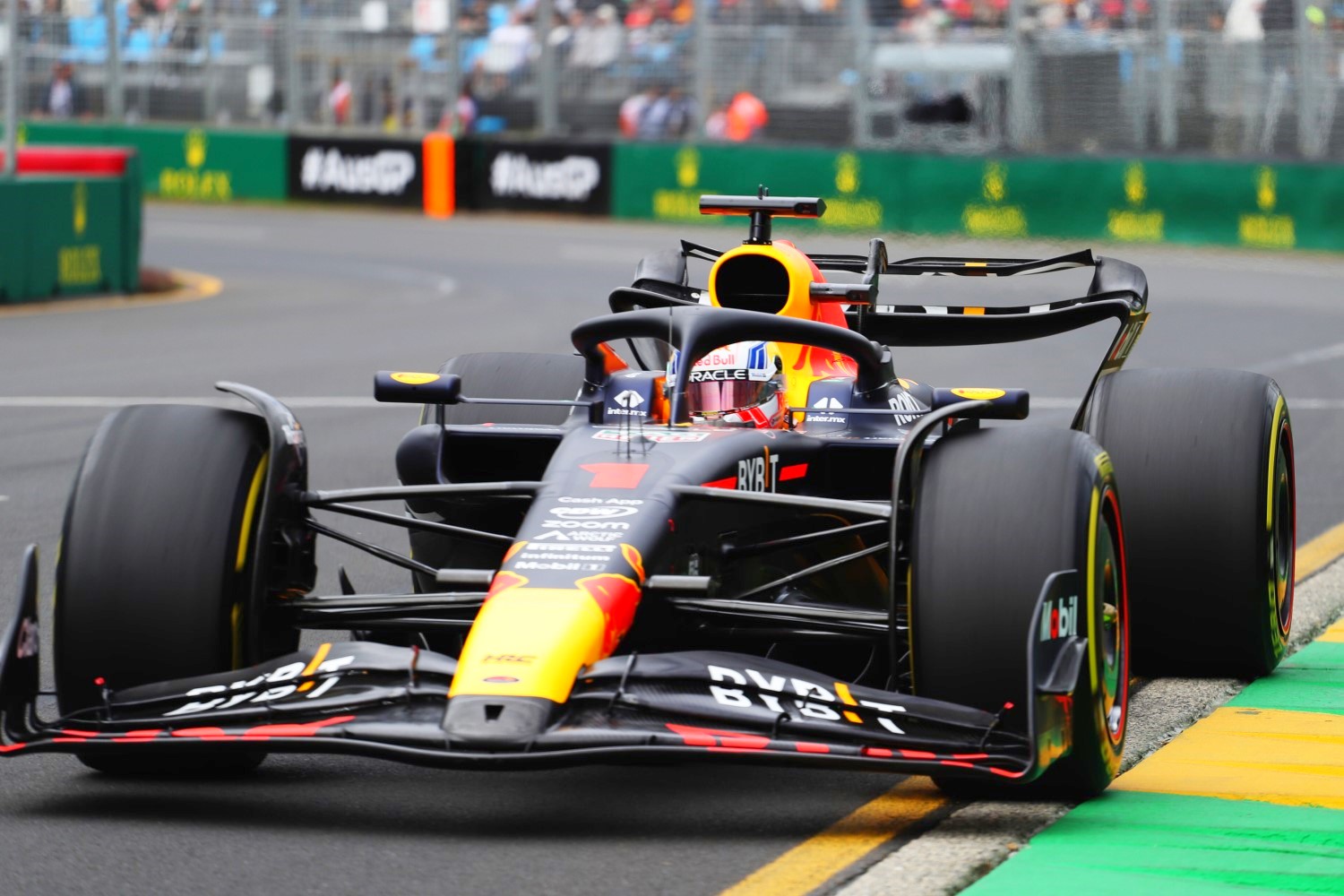IndyCar vs. F1: Comparing F1’s DRS to IndyCar’s P2P
–by Mark Cipolloni–
Passing on street and road courses in open – wheel cars like F1 and IndyCar has always been difficult because unlike Saloon Car racing like NASCAR where drivers lean on the opponents car to make a pass, doing so in an open wheel car would result in a crash or broken suspension.
Hence, F1 has a Drag Reduction System (DRS) and IndyCar a Push-To Pass (P2P) turbo boost system to help drivers make a pass.
In this article, I compare the two systems.
| System | How it works | Advantages | Disadvantages |
| F1 Drag Reduction System (DRS) | The system, which involves the driver opening a flap in their rear wing to reduce drag levels and gain top speed when running within a second of a car in front, was introduced back in 2011. The tool is generally aimed at assisting overtaking when drivers would otherwise be stuck in dirty, turbulent air. | 1. Can only be used as an offensive tool. The driver defending cannot use DRS to thwart the driver trying to pass.
2. There is no limit on how much a driver uses DRS, only that they have to be fast enough to get within 1-sec. of the car in front. 3. It reduces drag and hence increases fuel mileage, so a driver is not penalized for using it 4. Every time the DRS flap is open, drag is reduced and the car is polluting the environment less. |
1. If there are a train of cars all within one second of the car in front of them, then everyone gets to use DRS in the train (except the leading car) hence no one gains the advantage DRS was meant to provide.
2. Sometimes DRS makes it too easy to pass and officials have to shorten the DRS zone or change the detection point the following year at that track – so the problem is easily fixed. |
| IndyCar Push-To-Pass (P2P) | Push to pass is a button on the IndyCar steering wheel pressed by the driver to give the IndyCar more horsepower. There is a limited time to be able to use the push-to-pass feature. It will vary by track but averages 150 to 200 seconds for road courses and street courses and provides an increase of about 50 to 75 HP. | 1. The use of push-to-pass can add to the strategy of the race.
2. Push-to-pass can be used by the driver to help make a pass, defend from being passed, or just help increase lap times, but when you use up your 200-second per race allotment you’re out of luck. |
1. Push-to-pass is not available on high-speed oval tracks.
2. When used it consumes more fuel, so the driver then has to go into fuel saving mode if used a lot – i.e. you go fast only to then possibly be forced to slow down. 3. Can be used as an offensive and defensive tool. The driver defending can use P2P to thwart the driver trying to pass thereby nullifying the pass and wasting fuel for both cars. 4. Every time P2P button is pressed the car is polluting the environment more. |
Conclusion
The F1 system appears to be superior in that it does not kill the driver’s fuel mileage, it in theory increases it, and in this day and age of limiting the burning of fossil fuels that pollute the environment, IndyCar’s P2P causes more air pollution whereas the F1 DRS in theory reduces pollution (less drag, less burning of fuel needed to push the car through the air).
In IndyCar, a driver usually has to ask his pit crew whether he is getting good enough fuel mileage to use their P2P – like asking permission of your kindergarten teacher if it’s ok to play outside, but only if you were a good boy. As an example – Romain Grosjean had more more P2P time left than leader Kyle Kirkwood 1-second in front during the closing laps of the Acura GP of Long Beach, but was told by his pit crew to not dare push the P2P button for fear he would run out of fuel. As a result, the fans (paying customers) were deprived of a possible late pass for the lead.
In other words, in IndyCar, you have to stroke it and back off, save fuel, to later have the chance to use your P2P to attack hard. I thought racing was about going fast, not stroking it?
In F1 the driver does not have to worry about using too much DRS and ruining their fuel mileage. They can attack, attack, attack as long as they are within 1-second of the car in front.
The fact that a driver in front can use P2P to defend their position, thus negating the person following from making a pass, defeats the purpose of having a P2P system in the first place. The car following is already fighting dirty air, making it hard to pass, and now you have the driver in front negating your P2P power boost press. You pushed the button, got nowhere, and burned more precious fuel in the process.
It doesn’t get any dumber than that.
